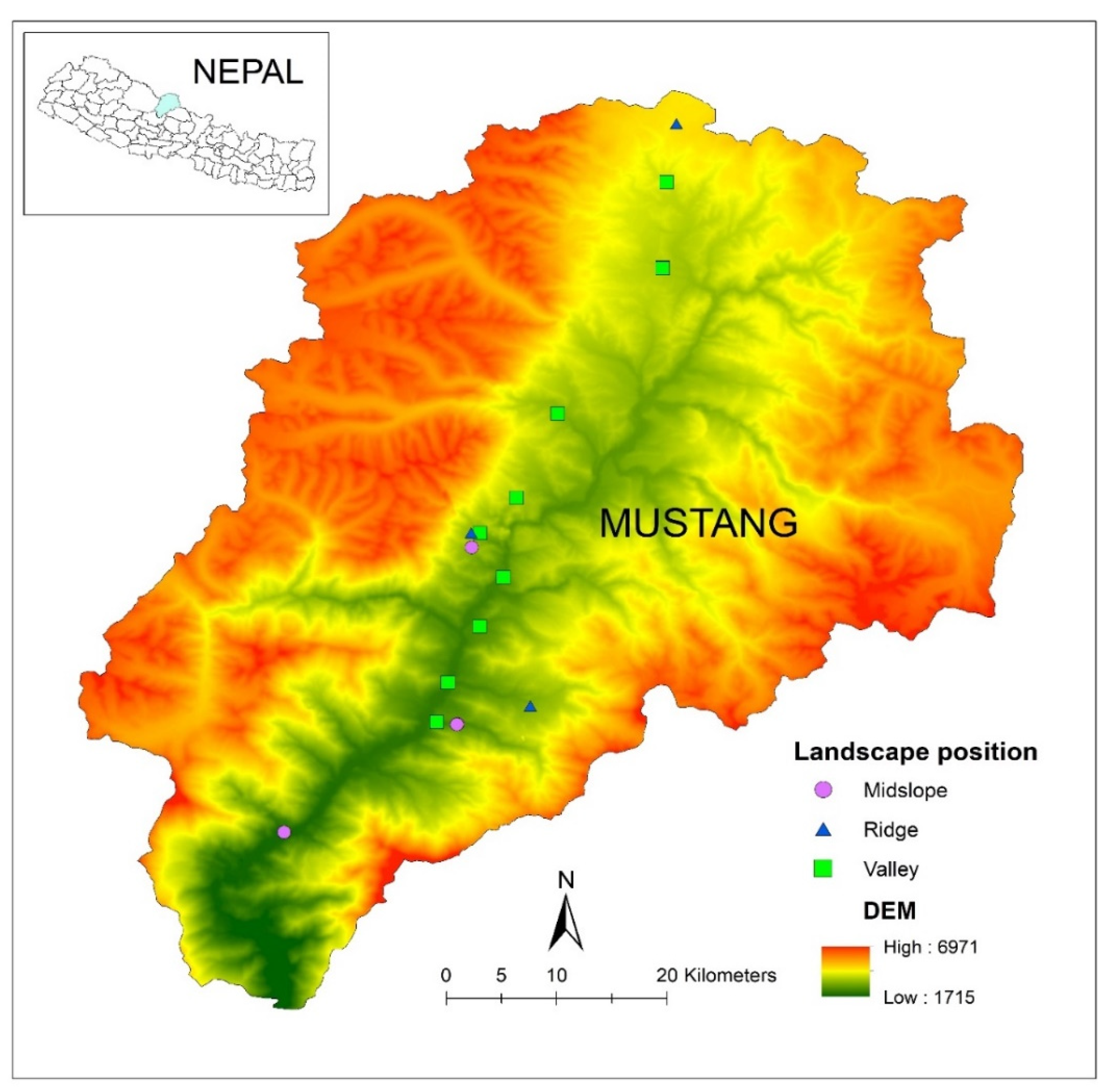


These digital formats depict elevations, heights, geographical and natural elements (ridge lines, forests, rivers, etc.), and other features. DTMs can be best described as three – dimensional representations comprising of X, Y, Z coordinates.DEM data files are useful for referring to a raster or normal grid patterns of spot heights.Triangular irregular networks (TINs) are vector-based representations of DEMs. When representing elevation, a raster is referred to as a heightmap. DEMs are mostly represented as a raster or a grid of squares.High-quality digital aerial photography in different resolutions, are also used for the development of DEMs. Ground Control Points (GCPs), Triangulate Irregular Network (TIN), and contours are the inputs of generating DEMs.Read on to take a closer look at these popular terrain modelling techniques. It’s common for laymen and companies looking for terrain models to get confused with regards to DTM, DSM and DEM, the most popular digital terrain models applicable to different industry verticals. Another important area of photogrammetry comprises of Digital Surface Models (DSMs) that comprises of these features along with the more advanced ones. For instance, the digital elevation models (DEMs) developed by GIS companies, are specifically designed to take care of volumetric calculations, 3D modeling and powerline surveys.ĭigital tools and techniques are applied for getting the required data for bare Earth (underlying terrain) minus buildings, vegetation, or other features that are either man-made or artificial. Their terrain models can be customized to meet the specific needs of flood plain mapping, contour generation, orthophoto rectification, and so forth. These days, experienced terrain modelling teams are equipped to develop detailed and accurate DTMs.

Mostly found as rectangular grids, the data files related to DTMs comprise of spatial elevation data backed by the latest GIS technology. Digital terrain Models (DTMs), signifying mathematical representations of the ground’s surface, are necessary for getting the topographic/ relief models of the Earth.


 0 kommentar(er)
0 kommentar(er)
